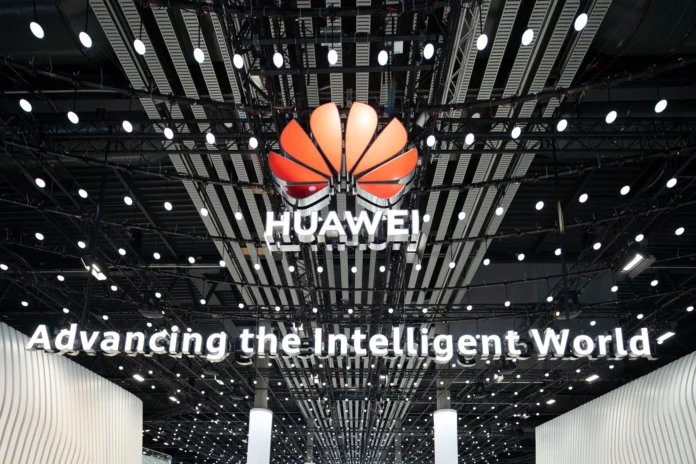A Huawei spokesperson highlighted that RedCap technology can reduce 5G NR module costs by 80%
Chinese vendor Huawei has been exploring a broad range of scenarios for the implementation of 5G RedCap, also known as 5G NR Light technology, beyond wireless sensors and smart wearables, a Huawei spokesperson told RCR Wireless News.
According to the spokesperson, 3GPP defines three key scenarios for RedCap: surveillance, wireless sensors and smart wearables. However, Huawei, in collaboration with operators and ecosystem partners, has been exploring additional use cases for RedCap, including smart grids, smart manufacturing, mobile Wi-Fi, smart CCTV and entry-level 5G FWA, among others. “Most verticals can benefit from RedCap technology commercialization. In our opinion, smart CCTV for city management, smart wearables for healthcare and entry-level 5G FWA are among the most promising globally. RedCap helps lower the cost of adopting 5G applications while maintaining good coverage quality and performance,” the spokesperson stated.
The spokesperson also highlighted that RedCap technology can reduce 5G NR module costs by 80%, lower power consumption by over 30% and support several 5G-native capabilities, such as large network capacity, ultra-reliable low-latency communication (uRLLC), network slicing, edge computing and 5G LAN.
When asked how 5G RedCap technology balances reduced device complexity with the need for reliable connectivity and performance, the spokesperson explained that RedCap reduces the 5G user equipment (UE) bandwidth from 100 MHz to 20 MHz and the antenna configuration from 2T4R to 1T2R or 1T1R, thus lowering both complexity and cost.
In a previous speech at MWC Shanghai 2024, Xiang Fang, vice president of Huawei’s Wireless Network Product Line, emphasized that RedCap achieves both cost and performance optimization. It reduces the cost of 5G modules by 80%, enhances reliability by a factor of 10, and increases network capacity tenfold, all while enabling more 5G-native features such as network slicing, low latency, and high-precision positioning.
“In many application scenarios, such as smart factories, smart security and smart wearables, RedCap uses lightweight modules to reduce the cost and complexity of 5G terminals, popularize 5G IoT applications and enable ubiquitous 5G IoT. At the same time, operators can fully reuse existing 5G infrastructure, including sites, baseband units, RF units and antennas. Through software upgrades, operators can quickly deploy RedCap, driving connection growth, traffic growth, and service growth, achieving small investment and large profits,” the executive said.
“RedCap has attracted the attention of carriers, industry customers, equipment manufacturers and ecosystem partners since its inception. Currently, China has launched the first large-scale commercial use of RedCap … In the next three years, RedCap will gradually make breakthroughs in the 100 millions of connections and gradually integrate into many industries and consumer application scenarios, such as smart factories, smart cities, smart homes, smart wearables and smart vehicle connections,” he added.
The RedCap ecosystem is also ready for commercial use, with many IoT industry partners having released RedCap products. “It is estimated that the number of RedCap terminals will exceed 100 by the end of 2024,” Fang added.

